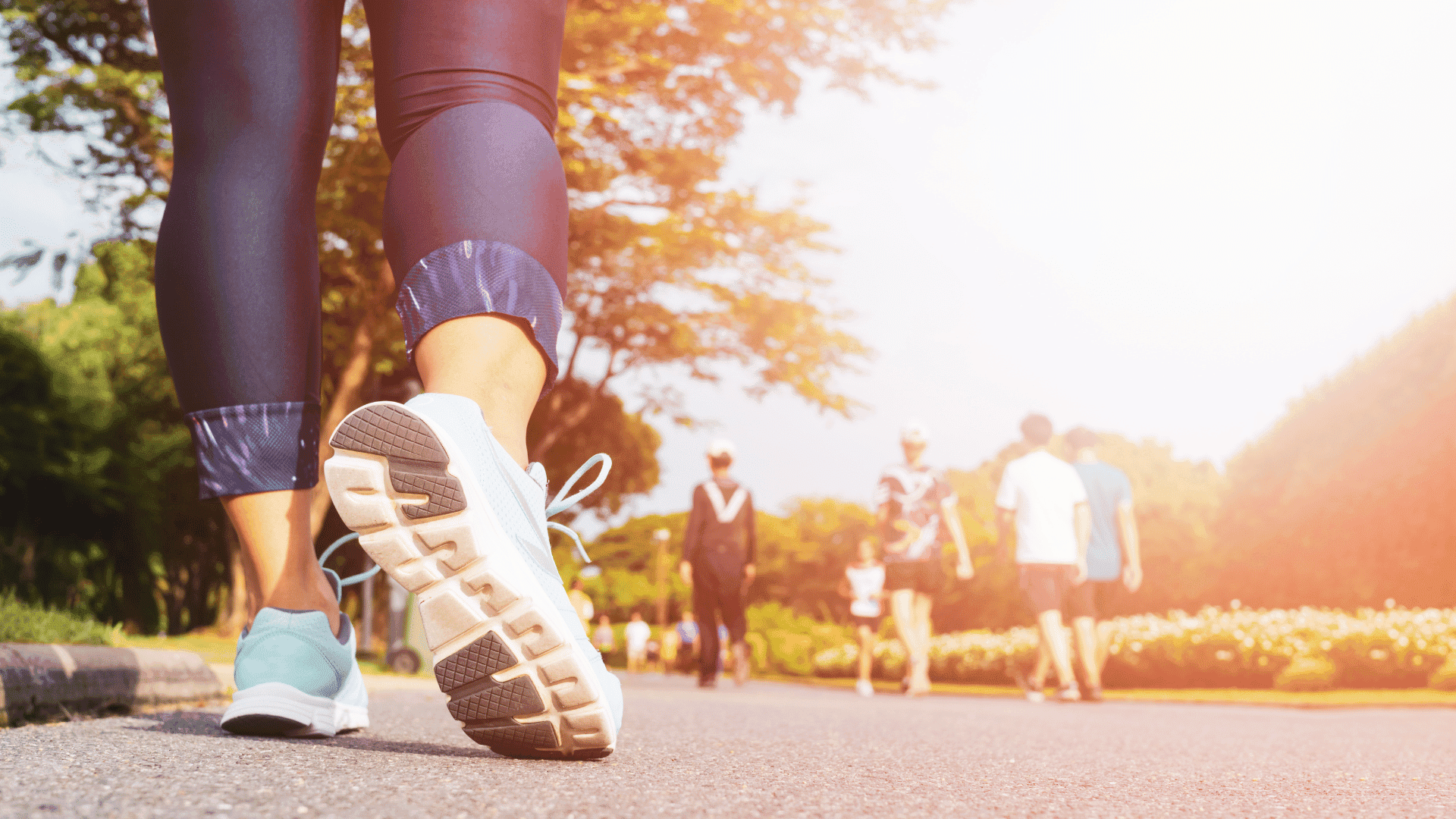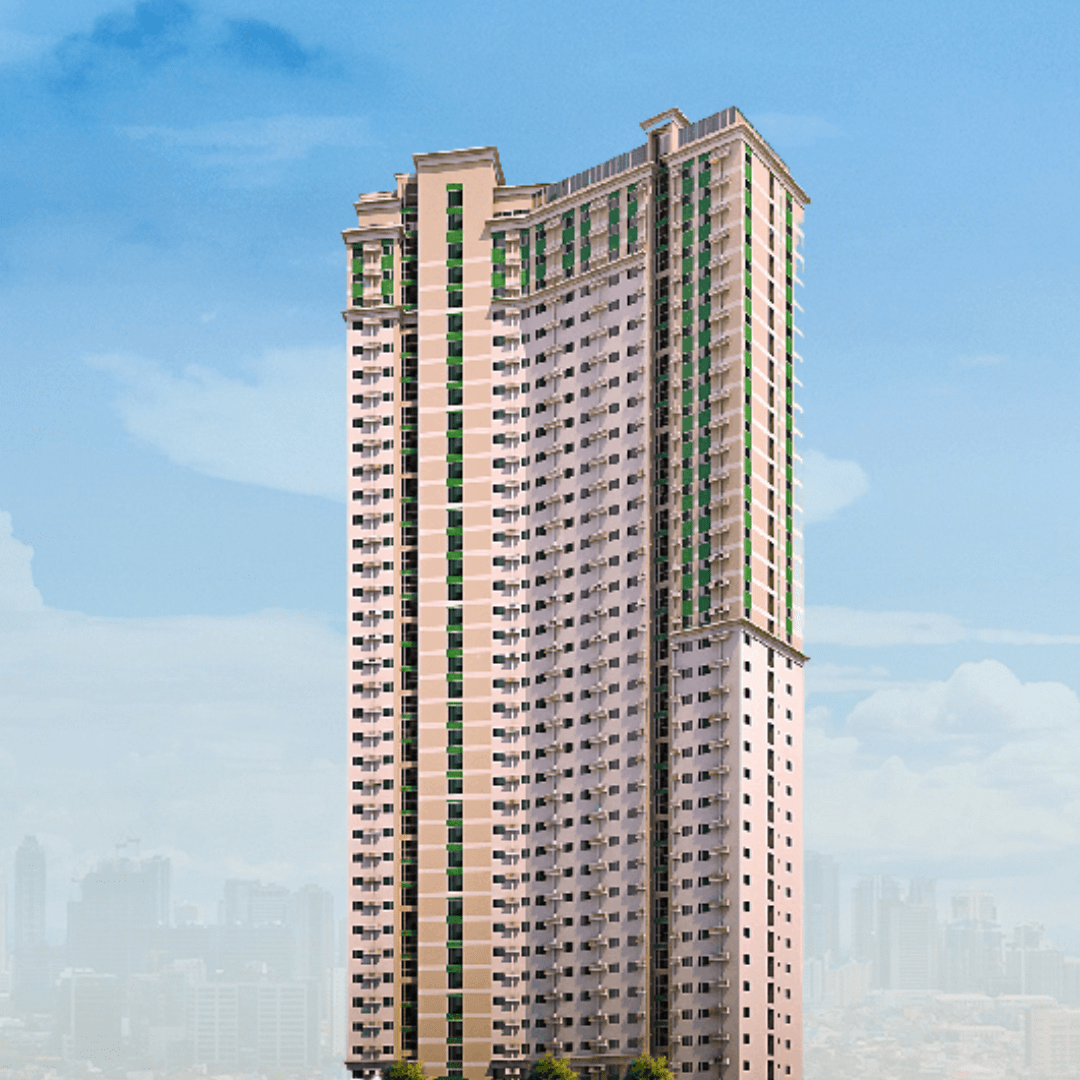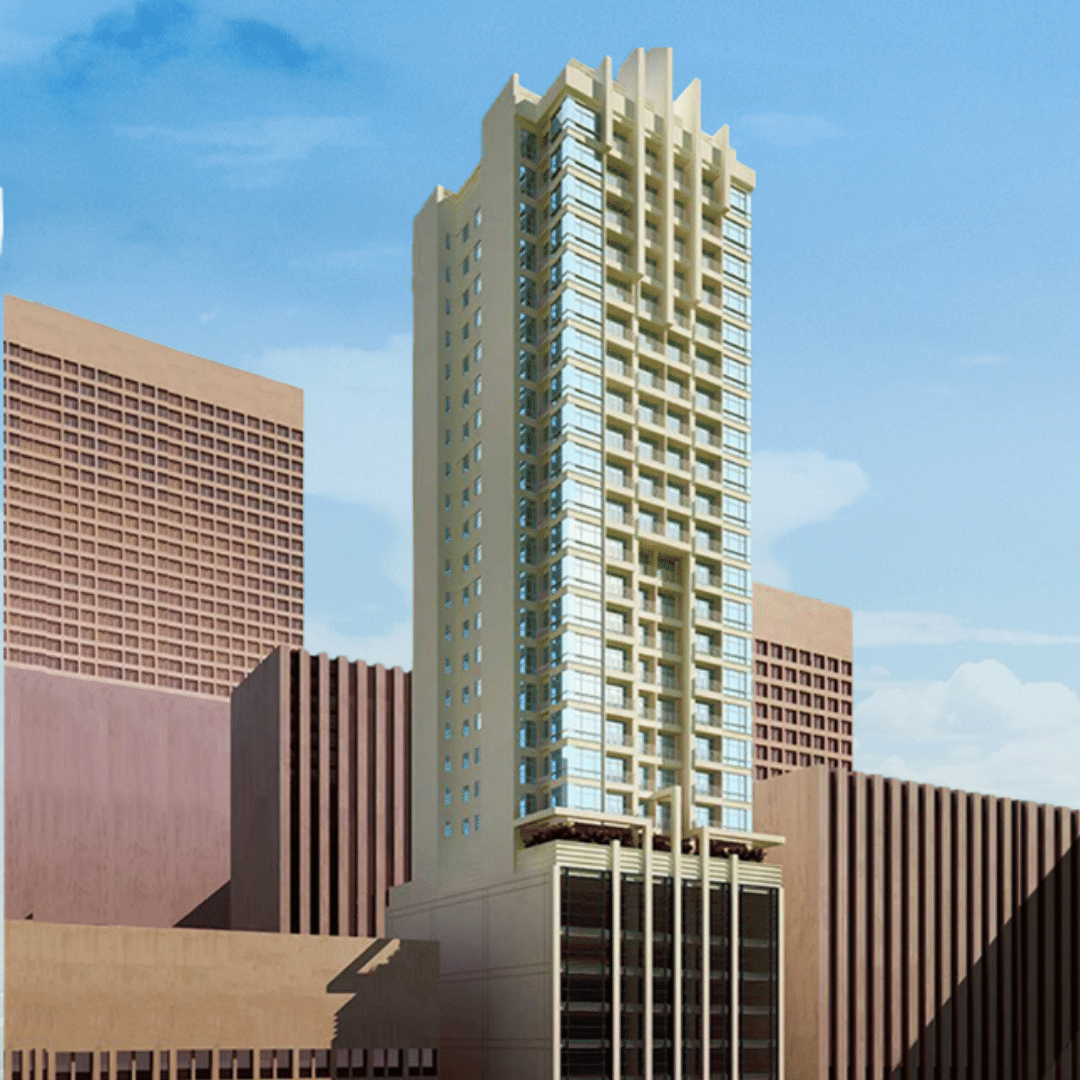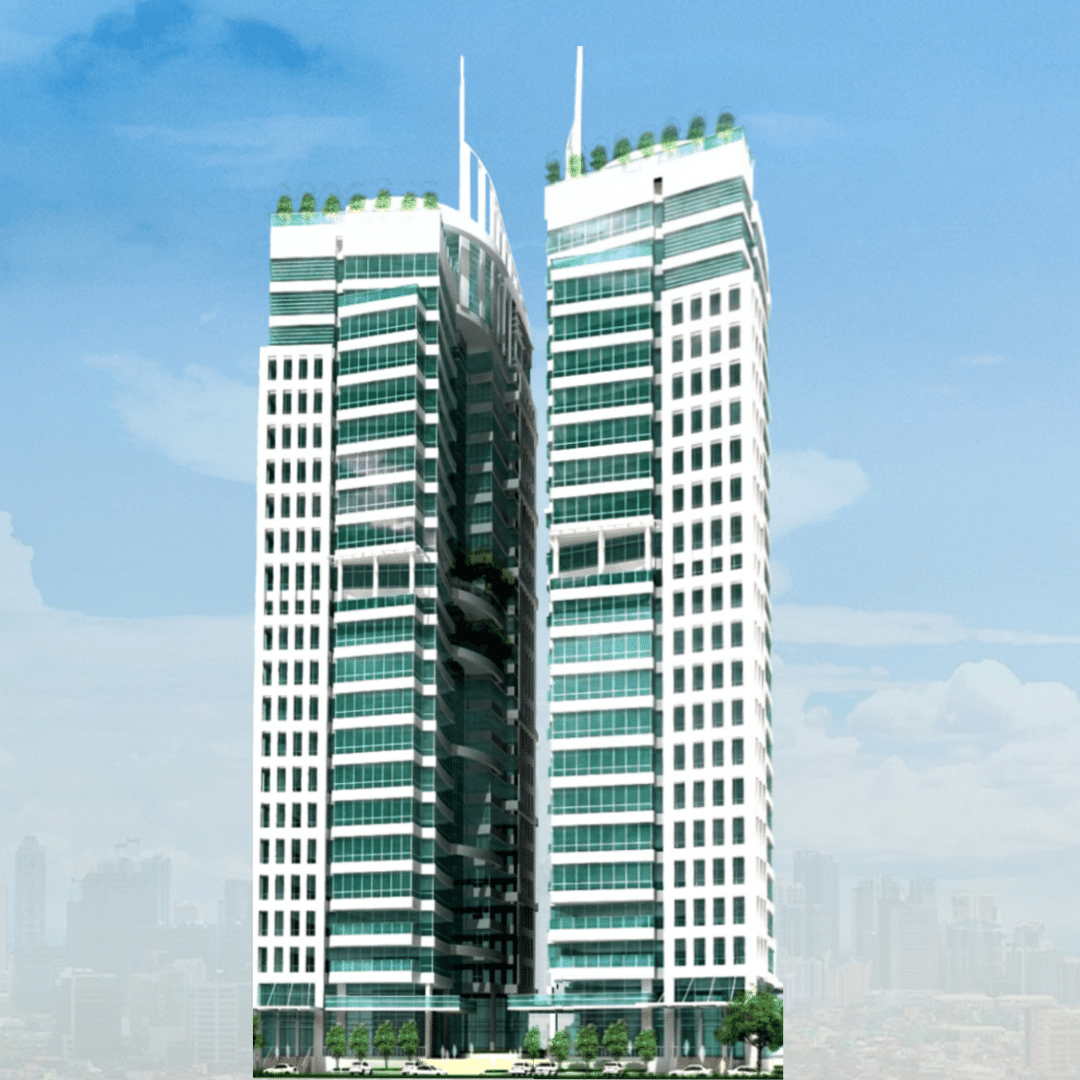Walkable communities are essential for a multitude of reasons, as they align with our evolving urban needs and aspirations. They foster healthier lifestyles by encouraging regular physical activity, reduce our environmental footprint by curbing car dependency, and promote social cohesion through increased face-to-face interactions among residents.
Additionally, walkable neighborhoods stimulate local economies by supporting small businesses and revitalizing urban cores. They play a pivotal role in addressing traffic congestion, air pollution, and climate change, contributing to a more sustainable future.
Ultimately, these communities empower individuals with greater accessibility to amenities, safer streets, and a heightened sense of belonging, nurturing a holistic and thriving urban environment.
Walkable communities offer a range of benefits that contribute to both individual well-being and the overall vibrancy of the neighborhood. Here are some of the key advantages of walkable cities:
Improved Health and Fitness
Living in a walkable neighborhood has a profound impact on residents' physical well-being. The inherent accessibility of amenities, parks, and daily necessities within walking distance naturally encourages people to incorporate more physical activity into their routines.
Regular walking not only supports cardiovascular health by improving circulation and reducing the risk of heart disease, but it also helps individuals maintain healthy weight levels. The simple act of walking also aids in boosting metabolism and enhancing overall fitness.
Moreover, the engaging and pedestrian-friendly environment often encourages residents to take leisurely strolls, promoting mental relaxation and stress reduction. These combined health benefits make walkable communities not only a convenient living choice but also a proactive step towards a healthier, more balanced lifestyle.
Reduced Stress and Better Mental Health
The connection between walkable communities and mental well-being is strengthened by the presence of green spaces and pedestrian-friendly environments created by urban planners. Studies have consistently shown that spending time in nature and engaging in physical activity within these settings can have a profound impact on reducing stress levels and enhancing mental health.
Access to parks, well-maintained sidewalks, and aesthetically pleasing streetscapes offers residents the opportunity to immerse themselves in a tranquil, natural environment. The visual appeal of greenery and the soothing sound of rustling leaves create a sensory experience that promotes relaxation and rejuvenation. Walking in these serene spaces not only helps individuals clear their minds and escape the pressures of daily life but also provides a chance for introspection and mindfulness.
The availability of walkable urban areas with plenty of greenery can act as an essential antidote in a time when urban stress and digital overload are prevalent, enhancing mental toughness, emotional balance, and overall quality of life.
Stronger Sense of Community
Walkable neighborhoods play a crucial role in nurturing a vibrant sense of community. The act of walking itself becomes a catalyst for social interaction and connection. As residents stroll along sidewalks and through local parks, they naturally encounter their neighbors, fellow pedestrians, and local business owners.
This organic interaction cultivates a friendly and approachable atmosphere, breaking down barriers and fostering a spirit of camaraderie. These chance encounters can lead to meaningful conversations, exchanges of pleasantries, and the formation of genuine relationships.
Over time, these interactions evolve into a robust network of friendships and acquaintances, strengthening the fabric of the community. The shared experience of navigating a walkable built environment also instills a collective identity and pride among residents, reinforcing the sense that they are part of something larger than themselves. In this way, walkable neighborhoods not only provide physical accessibility but also serve as nurturing grounds for the social connections that make a community truly flourish.
Environmental Benefits
The sustainability benefits of walkable communities are profound and far-reaching. By promoting a lifestyle that relies less on cars and prioritizes pedestrian mobility, these communities make significant strides in reducing carbon emissions, alleviating air pollution, and easing traffic congestion. The reduced reliance on personal vehicles translates into fewer cars on the road, which directly translates into lower carbon emissions, contributing positively to efforts to combat climate change. A walkable environment reduces greenhouse gas emissions by 4 tons a year, compared to living in an automobile-dependent suburb.
Moreover, the decreased use of fossil fuels results in improved air quality, benefiting both the environment and public health by reducing respiratory ailments and related illnesses. The ripple effect of reduced traffic congestion not only enhances urban livability but also has economic implications, as smoother traffic flow leads to less time wasted in transit and fewer hours of idling engines.
Ultimately, walkable communities stand as exemplars of sustainable, urban design and planning, championing a healthier environment, improved public health, economic development, and a more efficient and pleasant way of living for residents and future generations alike.
Economic Prosperity
The economic advantages of walkable neighborhoods are evident in their ability to encourage walking, invigorate local businesses, and bolster community prosperity. The convenience of being able to walk to nearby shops, restaurants, grocery stores, and services is a powerful incentive for residents to patronize these establishments regularly. This not only sustains local businesses but also stimulates economic growth.
The close proximity between businesses and residents encourages spontaneous visits and increases the likelihood of repeat customers. Moreover, the pedestrian-friendly environment fosters a relaxed pace, allowing people to explore and discover new businesses they might not have noticed while driving by.
The increased foot traffic and thriving commercial landscape generate a positive feedback loop for the city itself: as local businesses flourish, they contribute to the overall vibrancy and desirability of the neighborhood, making it an appealing destination for both residents and visitors. This symbiotic relationship between walkable communities and local enterprises creates a dynamic urban ecosystem, supporting livelihoods and nurturing a unique local identity.
Cost Savings
The financial advantages of living in a walkable community are evident in the substantial reduction of transportation costs for residents. The diminished reliance on cars leads to significant savings across various fronts. Firstly, the reduced need for fuel translates into lower monthly expenses, relieving individuals of the escalating costs associated with maintaining a private vehicle.
Secondly, with shorter commutes and less frequent driving, wear and tear on vehicles is minimized, resulting in decreased maintenance costs and prolonged vehicle lifespans. Additionally, the absence of daily parking expenses and the potential to opt for less expensive insurance packages geared toward reduced usage further contribute to financial relief.
These combined savings provide residents with disposable income that can be redirected toward other essential needs, leisure activities, or even long-term savings. The transition to a more walkable city lifestyle not only enriches personal finances but also aligns with the broader goals of sustainability, health, and community engagement, ultimately fostering a more balanced and fulfilling way of life.
Enhanced Safety
Safety is paramount in walkable neighborhoods, where a deliberate focus on pedestrian well-being is evident through the implementation of various safety measures. Well-maintained sidewalks offer a dedicated space for pedestrians to traverse without encroaching on vehicle lanes, ensuring a secure pathway. Crosswalks strategically placed at intersections provide safe passage across roads, enhancing pedestrian mobility and minimizing the risks associated with crossing busy streets.
Traffic calming measures, such as speed bumps, narrower lanes, and designated pedestrian zones, serve to reduce vehicle speeds, creating a harmonious coexistence between pedestrians, cyclists, and motorists. This concerted effort to prioritize pedestrian safety not only safeguards the lives of those on foot and bikes but also encourages a more active and sustainable lifestyle.
As a result, more walkable neighborhoods cultivate an environment where residents and visitors can confidently explore, engage, and navigate, contributing to a sense of security that enriches the overall living experience.
Improved Accessibility
Communities that are walkable stand out for their dedication to accessibility and inclusivity, which caters to people of all ages and abilities. The presence of thoughtfully designed infrastructure, such as well-maintained sidewalks, ramps, and tactile paving, ensures that individuals with mobility challenges can navigate the area with ease and independence. These enhancements not only accommodate wheelchair users but also benefit those using strollers, walking aids, or facing temporary mobility limitations.
By eliminating physical barriers to public spaces, walkable neighborhoods foster a sense of belonging and empowerment for all residents, allowing them to engage fully in social, recreational, and daily activities. The emphasis on accessibility contributes to a more equitable urban environment, reflecting a society that values diversity and strives to provide equal opportunities for everyone. Through this dedication, walkable communities transform into places where bridges take the place of barriers, fostering a sense of community and improving the standard of living for all residents.
Reduced Traffic Congestion
The transformational impact of walkable communities extends to easing traffic congestion and streamlining daily commutes. By encouraging more residents to choose walking and public transit options over private vehicles, these neighborhoods alleviate the strain on roadways and reduce overall traffic volume. This reduction in congestion leads to smoother traffic flow and shorter travel times for all commuters, irrespective of their chosen mode of transportation. Pedestrian oriented infrastructure is extremely vital to the outlook of urban planning and, as always, a city's future sustainability.
The decreased reliance on private vehicles not only reduces stress and frustration associated with long commutes but also contributes to a more sustainable and environmentally conscious urban landscape. As public transportation becomes a more viable and attractive option, it gains momentum, leading to improved efficiency and expanded coverage of transit services.
Ultimately, the ripple effect of decreased traffic congestion and enhanced public transit systems enhances urban mobility, fosters efficient use of resources by local governments, and shapes development patterns. It also underscores the advantages of a community that values accessibility, convenience, and shared mobility solutions.
Increased Property Values
Walkable neighborhoods offer a distinct advantage in the realm of real estate, as properties nestled within these areas often command higher market values. The convenience and desirability of living in close proximity to amenities, parks, and services make such neighborhoods incredibly appealing to homebuyers. The ease of walking to local shops, restaurants, and cultural attractions adds significant allure to a property's location, influencing buyer decisions.
As demand for housing in walkable communities increases, the limited supply of such properties can drive up prices. This surge in property values benefits homeowners, offering potential returns on investment and financial stability. Moreover, the higher values attract real estate developers and investors, stimulating further investment in the area's infrastructure, amenities, and community services.
The cyclical nature of this process fosters a cycle of improvement and growth, enhancing the overall community livability of the new city, its attractiveness, and the long-term potential of walkable neighborhoods, making them not only sought-after residential enclaves but also economically robust and vibrant hubs. area.
Promotion of Local Culture
Walking through a neighborhood provides a unique lens through which residents and visitors can intimately connect with its local culture and history. The pedestrian pace allows for a deeper engagement with the community's essence, offering the opportunity to discover hidden gems and experience its heritage firsthand. Public art installations, landmarks, and distinctive architectural features that might go unnoticed at higher traffic speeds become focal points of interest during leisurely strolls.
Each corner reveals a story, reflecting the area's historical significance, artistic expression, and the lived experiences of its inhabitants. This tangible connection to local culture fosters a sense of belonging and pride among residents, while also offering visitors an authentic glimpse into the community's identity. Through this immersive experience, walkable neighborhoods become living narratives, where the past converges with the present and every step taken tells a tale of the vibrant tapestry that defines the essence of the place.
In conclusion, the benefits of walkable communities extend beyond individual health to encompass social, economic, environmental, and cultural aspects. Investing in the development and maintenance of pedestrian-friendly neighborhoods can lead to a higher quality of life for residents and contribute to the overall well-being of society.
For more information on Vista Residences, email [email protected], follow @VistaResidencesOfficial on Facebook, Twitter, Instagram, and YouTube, or call the Marketing Office at 0999 886 4262 / 0917 582 5167.




